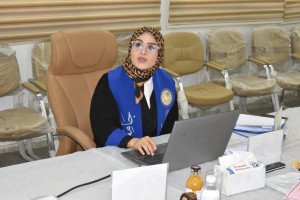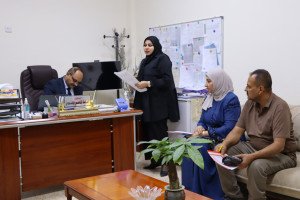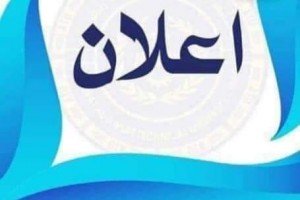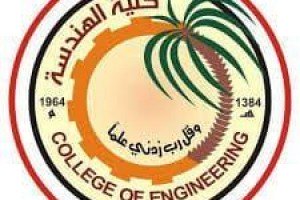
I discussed a thesis in the College of Engineering at the University of Basrah (optical orthogonal frequency division multiplexing technology in the transmission of high data transmission rates)
The thesis submitted by the student included meeting Abdul Sattar Ibrahim
Simulation of the conventional CO-OFDM system using the two software programs and the optical system simulation program, and an interweaving between them through the Matlab Co-Simulation feature. For the maximum permissible transmission distance and the optical signal-to-noise ratio (OSNR) and secondly, in order to overcome the problems that the OFDM system suffers from, therefore, methods of reducing PAPR were proposed and thus improving the performance of the system, including the cutting method. Therefore, another method was proposed to join the cutting method called Modified DSNT.
The aim of the thesis is to describe the main problems that occur in the optical channel, such as sensitivity to phase noise generated by the laser used in the transmitter and receiver, and nonlinearity, in addition to the problems resulting from OFDM technology, such as frequency imbalance, increasing the ratio of peak to average high power, interference between samples, as well as interference between carriers.
The thesis concluded that these methods are efficient in reducing the value of PAPR and thus improve the performance of the system in terms of increasing the transmission distance and reducing the error rate of the transmitted signal. The PAPR was reduced using the first method by 4.35 Db, while the second method reduced it by about .5.8 Db, and the reduction in both hybrid methods is about 4.5 and 5 Db .5 Db respectively. In addition, the proposed methods have improved the performance of the system compared to the traditional system







